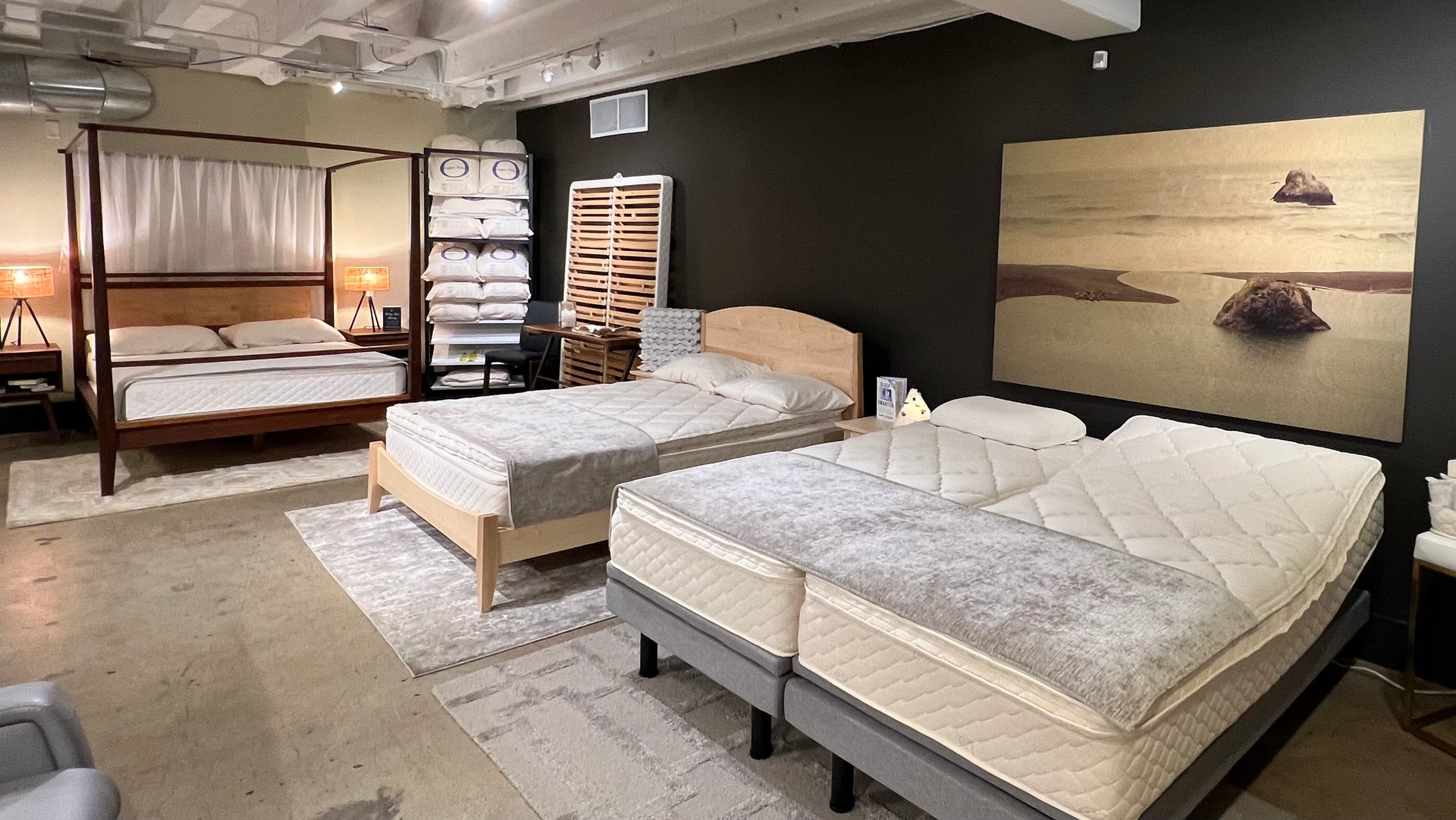The EPA (Environmental Protection Agency) has written extensively about indoor air pollution. Visit www.epa.gov, and you’ll find a section dedicated solely to concerns about what we’re breathing indoors. Much of this material was produced in collaboration with the Consumer Product Safety Commission.
According to the EPA, there are three ways to approach the problem:
- Source control. “The most effective way to improve indoor air quality is to eliminate individual sources of pollution or to reduce their emissions.”
- Ventilation. “…increase the amount of outdoor air coming indoors.”
- Air cleaners. “Some air cleaners are highly effective at particle removal, while others, including most table-top models, are much less so. Air cleaners are generally not designed to remove gaseous pollutants.”
Indoor air pollution sources include:
- Radon
- Tobacco smoke
- Biological contaminants, including: bacteria, molds, mildew, viruses, animal dander and cat saliva, house dust mites, cockroaches, and pollen
- Gas stoves and fireplaces and chimneys—carbon monoxide and nitrogen dioxide gases
- Paints, varnishes, waxes, glues
- Formaldehyde
- Asbestos
Breathing While You Sleep
Some household toxins, such as strong cleaning products, release pollutants during their use that linger and eventually dissipate. But indoor air pollution from other sources, including furnishings and upholstery, is released more or less continuously, the EPA states. Although there is no specific mention of mattresses, consider adding these facts to your thinking about your home’s air quality:
- Synthetic chemicals, many of which are volatile compounds, are used in large quantities in the production of most mattresses.
- A sleeper has full-body contact with a mattress and pillow for eight hours on average every day.
It just makes sense that a synthetic mattress and pillow are off-gassing more of these chemicals and that whatever amount your mattress is “breathing out," you are breathing in. It’s hard to be certain in most cases which chemicals are used, how much we are breathing in, and what the long-term health effects might be.
What's in Your Matttress?
Every mattress is made somewhat differently, so the chemicals are different, and their effects may vary from person to person. But here’s what can be said with certainty:
- Memory foam mattresses typically have a very caustic odor. The odor usually dissipates in a few days or weeks, but the mattress will continue to off-gas—though gradually less—for years.
- Since foam degrades over time, it’s logical to assume that its ingredients are, to some degree, continuously escaping into the air.
- Most fabrics and fibers are treated with many kinds of chemicals.
- Mattresses “treated” to repel dust mites contain pesticides.
- Almost all foundations use cardboard as a near-surface layer. Cardboard is usually made using harsh acids and other chemicals.
- Layers are bonded together with large quantities of glues and adhesives.
- Even air-bed urethanes emit toxic chemicals.
- Mattresses containing cotton that is not certified organic are made with cotton grown with pesticides and herbicides.
- Conventional wool is processed using harsh chemicals.
Why Aren't Consumers Protected?
The mattress industry would like us to believe that the copious amounts of chemicals stay “locked” inside every mattress anyway, and chemical manufacturers just want us to trust that their products are safe. Yet consider the asbestos and tobacco industries, which lobbied just as hard against growing evidence of harm. Pesticides? Hormone-altering plastics? We could go on.
The bottom line is, if you have full faith that government agencies are reliably testing the chemicals in the products you and your family use every day, then you have thousands of mattresses to choose from. But consider this quote from a 2009 story in The Washington Post: “Under current laws, the government has little or no information about the health hazards or risks of most of the 80,000 chemicals on the U.S. market today.” (Aug. 9) Further perspective can be found in our previous post, Simple Chemistry.
A Simple Solution
On the other hand, if you think it’s better to be proactive about your health and safety, then search for a comfortable, durable organic mattress that is made of the purest materials available. And sleep without fear.
This article was brought to you by SavvyRest, more information is available at www.savvyrest.com. Written by Michael Penny, June 2, 2010 - 1:08pm
